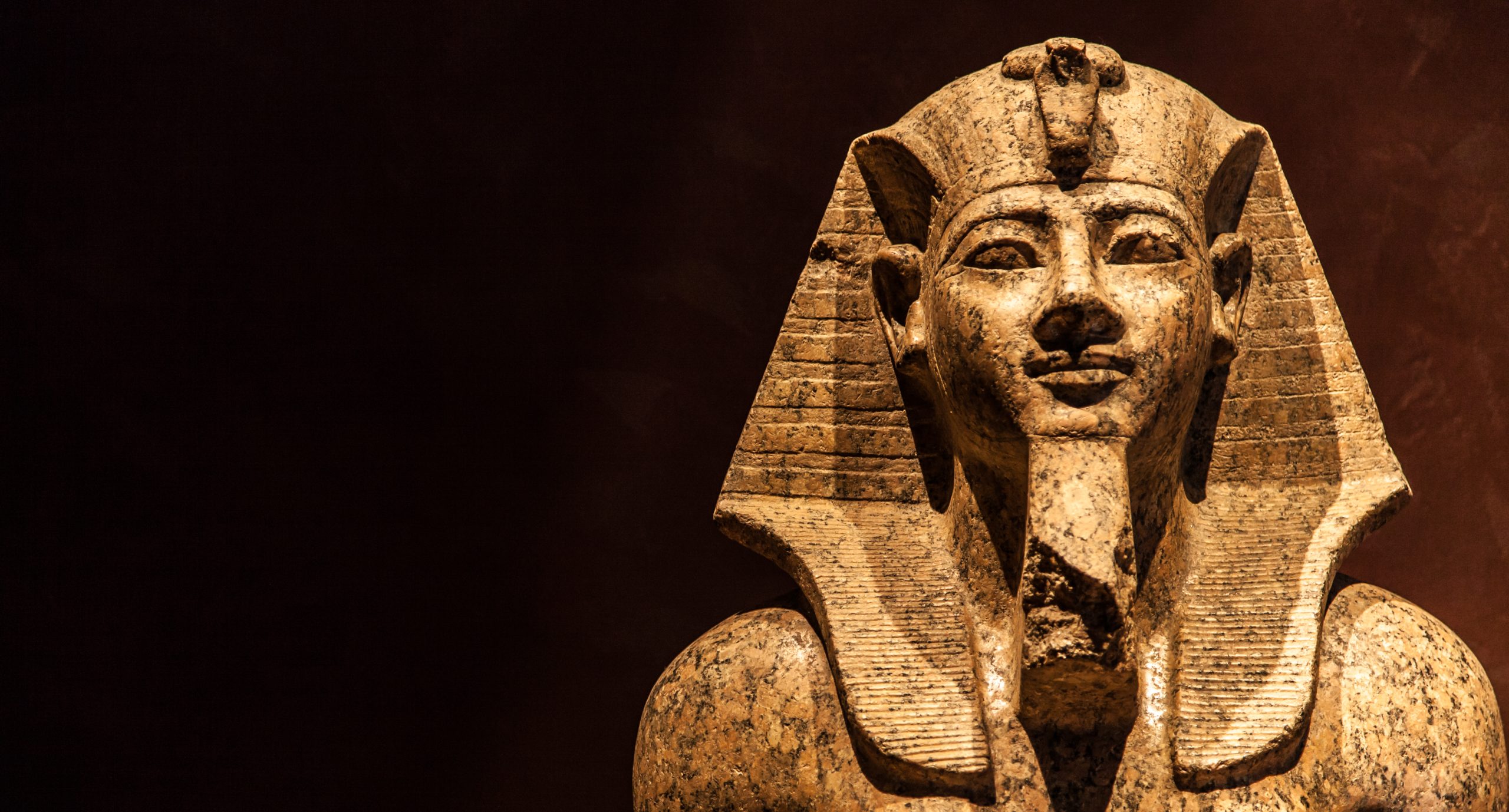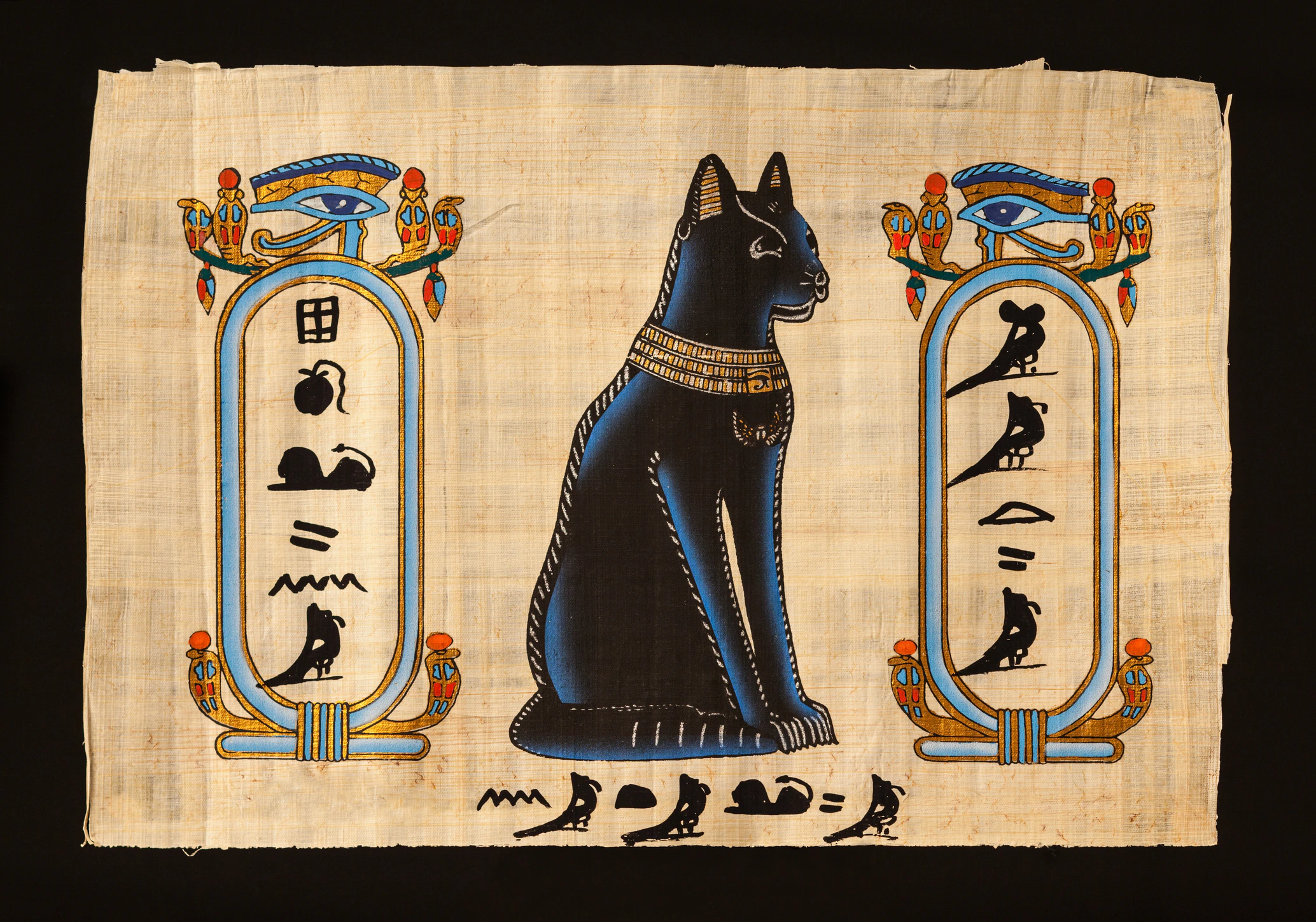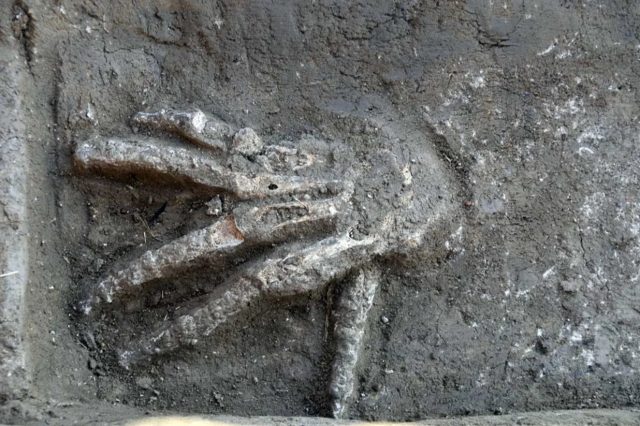Who was the first Pharaoh of Egypt, what is the Zero Dynasty, and what culture predates the ancient Egyptian civilization?
The land of the golden sands and countless wonders. Ancient Egypt is a true historical goldmine. Tracing back its history to when it all began is difficult. But this is the case with everything related to history. Much of what we know about ancient civilizations, cultures, and societies comes not from direct evidence but from guesswork and theories. Combining the historical puzzle and revealing its secrets doesn’t seem easy.
Nonetheless, when it comes to Egypt, there are a few starting points. A palette that commemorates King Narmer’s victory over a rebellious people in the Nile Delta, around 3,000 BC, is one of the oldest extant Egyptian historical documents. Indeed, there were other, perhaps even older, documents, but these have been lost to time. Excavating Egypt’s lands can reveal many important clues. Much of its history lies beneath the surface. Until a few years ago, this palette was believed to be direct evidence of King Narmer subjugating the independent rulers in the delta. History, therefore, suggests that it was King Narmer who united the Egyptian lands, finally combining both Upper and Lower Egypt.
The Birth of Ancient Egypt and the Zero Dynasty
However, newer archeological studies suggest that Narmer was not the first ruler to bring ancient Egypt together. Archaeological work near Abydos point towards rulers that predate Narmer. Fourteen predecessors of Narmer were buried near Abydos. These rulers constituted the so-called “Zero Dynasty.”Their existence tells historians that these rulers governed Egypt before Narmer, which in turn means that the true unification of the lands of ancient Egypt must have begun long before Narmer. Archeologists believe that the tombs near Abydos, more precisely Umm el-Qaab, and their arrangement offer a clear continuity with the First Dynasty, allowing experts to reconstruct some of the histories. However, according to some discoveries, such as the fragments of mace heads excavated at Hierankopolis, historians can perhaps find the predecessor of all ancient Egyptian Pharaohs. This ruler, believed to have reigned in Egypt around 3,150 BC, was named Scorpion I. There is some debate among experts whether there was another ruler, dubbed Scorpion II, who succeeded him.
The birth of Egypt?
But even before Scorpion I, people ruled over the lands of what we now call Egypt. Archaeologically speaking, this period is called Naqada III, the last phase of the pre-Egyptian culture of Naqada. This culture is believed to be a direct predecessor of ancient Egyptian culture. In fact, Naqada II is often referred to as the Zero Dynasty. Some call it the Protodynastic period. This early period is characterized by some of the first hieroglyphs in Egypt, royal burials, irrigation, and even graphical pallets, such as the Narmer Palette. Even more interesting is that archaeologists believe it was during the period when state formation began, although some historians would suggest this took place even sooner. Some of the most notable discoveries dating back to this period were revealed in 2020 when Egyptian scientists discovered over eighty tombs from the Naqada III period in the Dakahlia governorate of northern Egypt.
Have something to add? Visit Curiosmos on Facebook. Join the discussion in our mobile Telegram group. Also, follow us on Google News.





